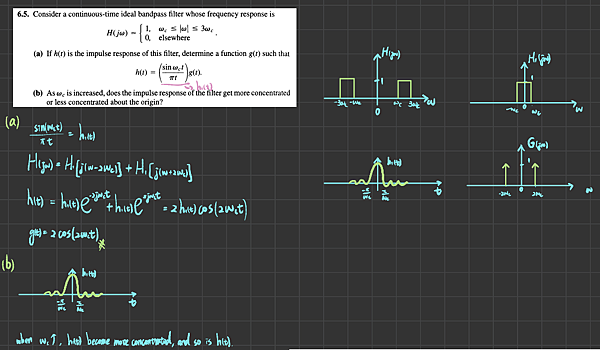

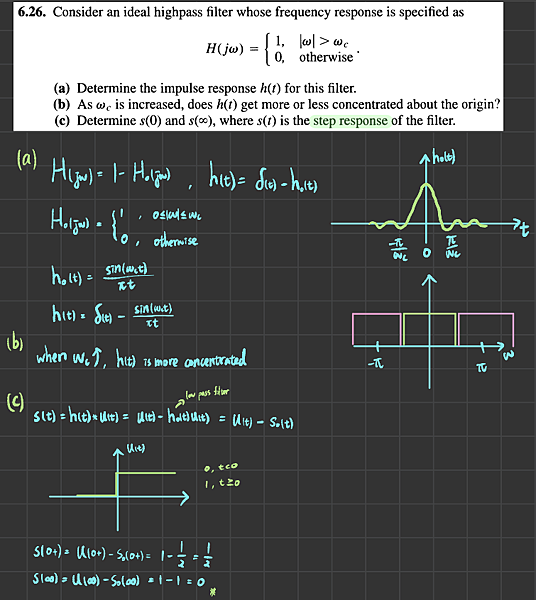
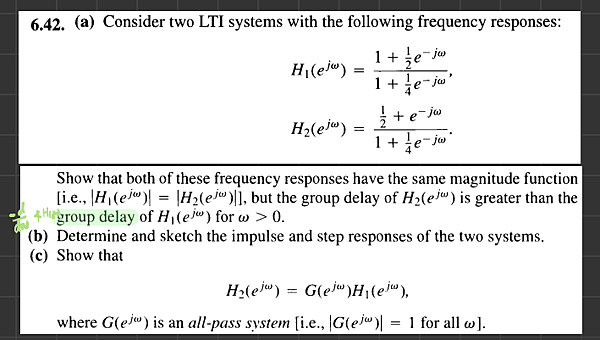

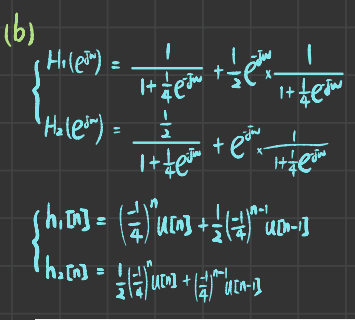
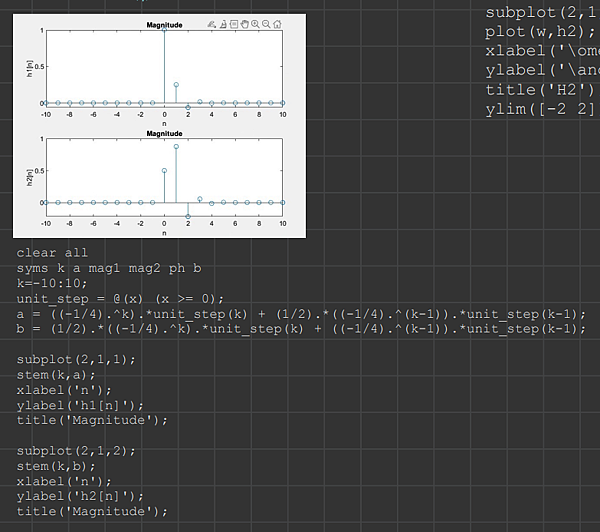
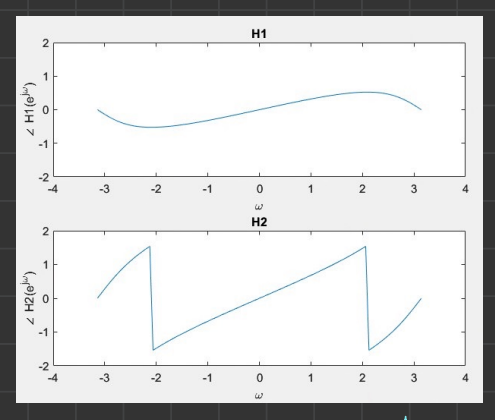
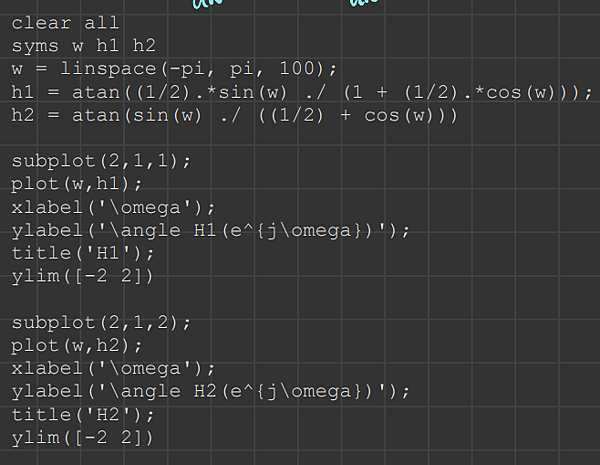
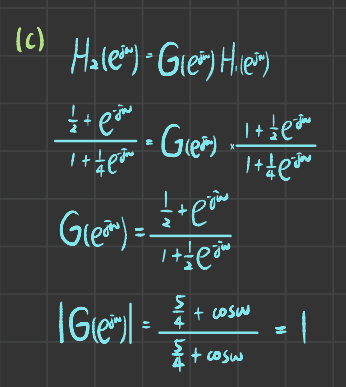
6.5. Consider a continuous-time ideal bandpass filter whose frequency response is H(ja)=10, elsewhere (a) If h(t) is the impulse response of this filter, determine a function g(t) such that h(r) - Sino,c (b) Asoc is increased, does the impulse response of the filter get more concentrated g(t). or less concentrated about the origin?
The straight-line approximation of the Bode magnitude plot of a causal and stable continuous-time LTI system is shown in Fig. 2. Questions: (1) Determine the frequency response of this system. (2) Make the Bode phase plot. 20 log10 (2) 94 dB 80 dB O dB/decade 120 dB/decade 40 dB/decade 12 dB 0.1 0.2 10 50 100 w (rad/sec) Figure
6.26. Consider an ideal highpass filter whose frequency response is specified as H(jw)# 1 0, otherwise (a) Determine the impulse response h(t) for this filter. (b) As oc is increased, does h(1) get more or less concentrated about the origin? (c) Determine s(0) and s(o0), where s(t) is the step response of the filter
Consider a system that consists of the cascade of two LTI systems whose frequency responses are given by 2 - e-jw Hi (ejw) = 1+ ke-jw? and 1 = H2 (ejw) = 1 - že-jw + je-j2w Find a difference equation describing the overall system.





 留言列表
留言列表


